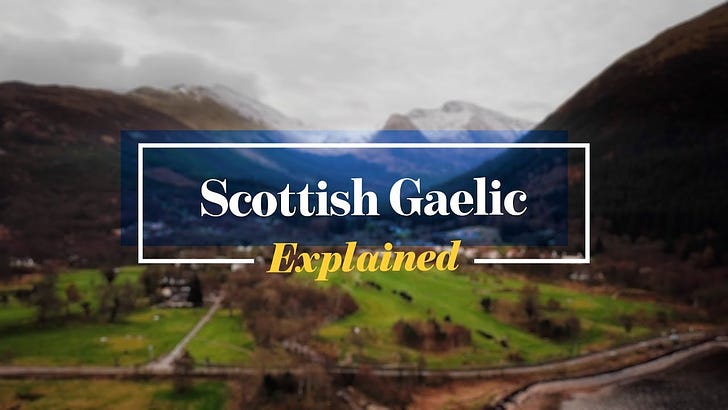What is the difference between Scottish Gaelic and Scots language
The distinction between Scottish Gaelic and Scots language is quite pronounced. The former is a historic Celtic language that emerged in Scotland around the 4th century AD, whereas the latter is an English dialect that came to Scotland in the Middle Ages. They share some similarities, such as comparable vocabularies, pronunciations, and syntax, but their writing systems, grammar rules, and syntax differ significantly.
Scottish Gaelic is an official language of Scotland with written and spoken versions. It utilizes its own alphabet— the Ogham alphabet— for written communication, and follows its own grammar rules and syntax. Conversely, Scots language, a dialect of English, doesn't have a unique writing system or formal grammar rules. Despite this, it has evolved in Scotland and Northern England over time.
Both languages are vital to Scottish culture, used daily, and spoken in various parts of Scotland. While the Scottish government doesn't officially recognize Scots language as a language, it remains a vital part of Scotland's culture and heritage. They both contribute to Scotland’s cultural identity and historical narrative. As the importance of preserving these languages gains recognition, they are becoming increasingly valued and integral to Scotland's national identity.
While visiting Scotland, you'll certainly encounter the ancient Gaelic language deeply embedded in the culture and daily life. Originating in the 6th century AD from Ireland, it spread throughout the Kingdom of Alba. Many Scottish place names, like Dundee and Ballachulish, stem from Gaelic words. Despite suppression due to the Highland Clearances, religious shifts, population migration, and the growing use of English, Gaelic's influence is still felt in Scotland today, through traditional music festivals, lively ceilidhs, and Highland dancing.



